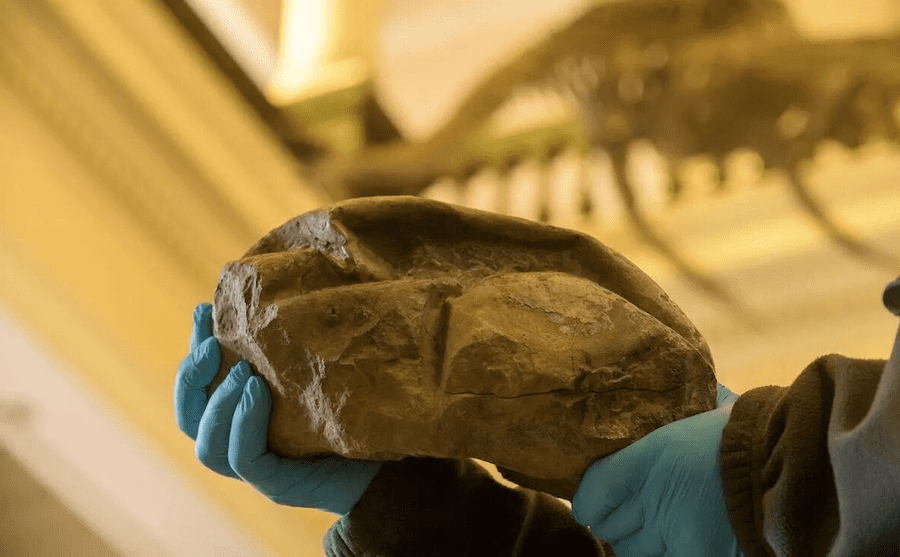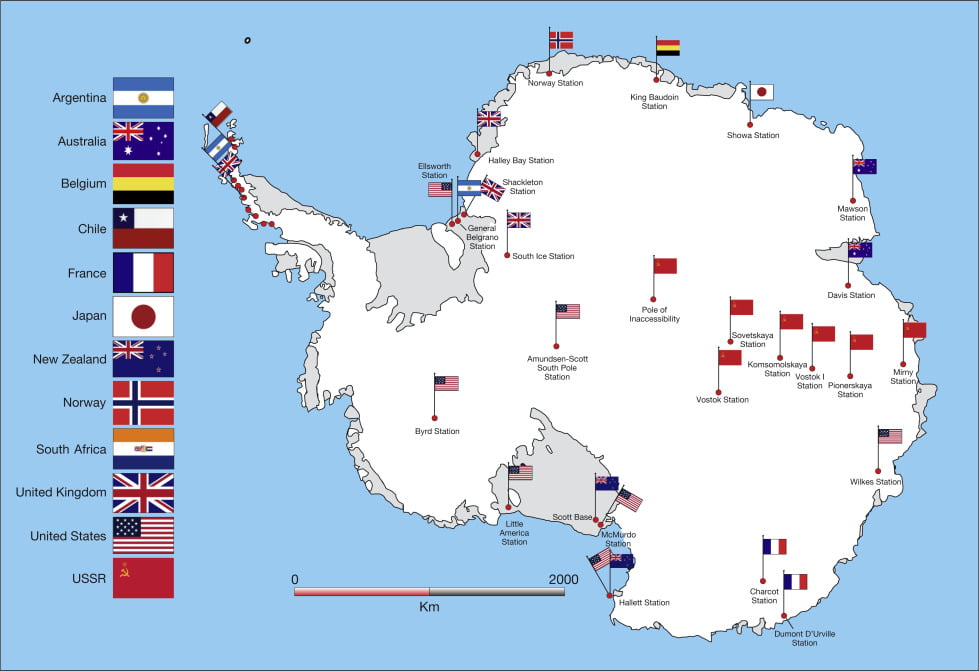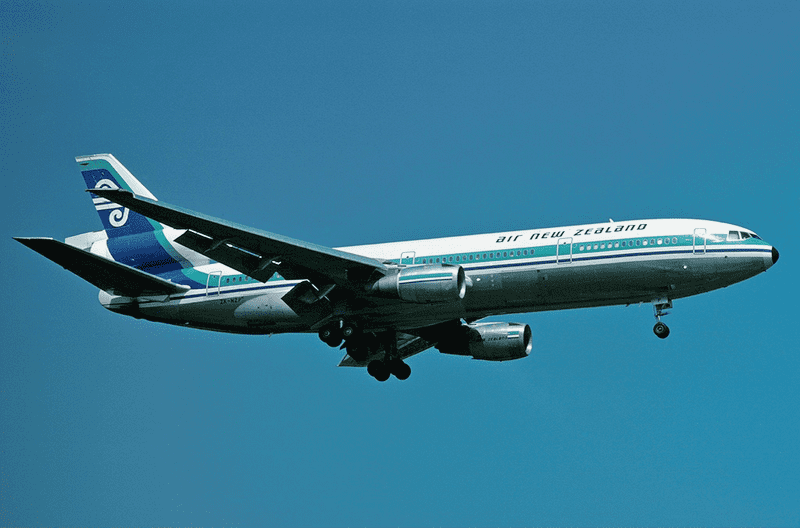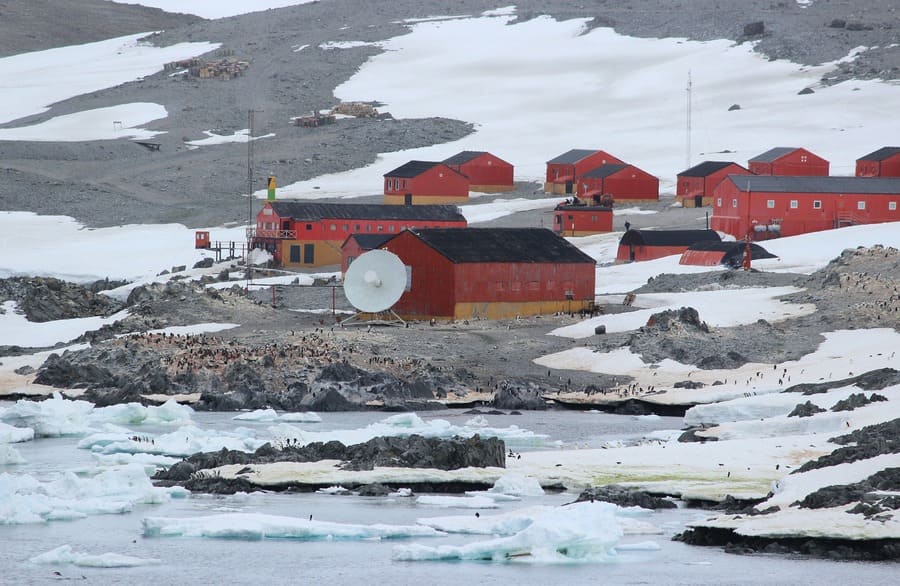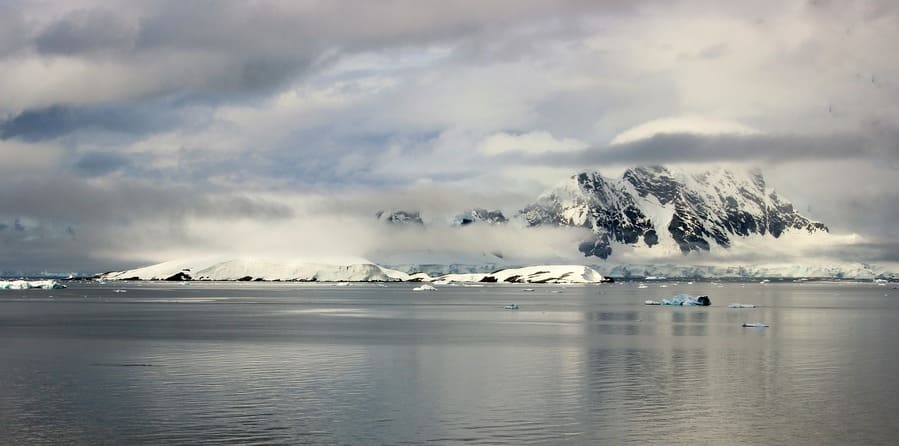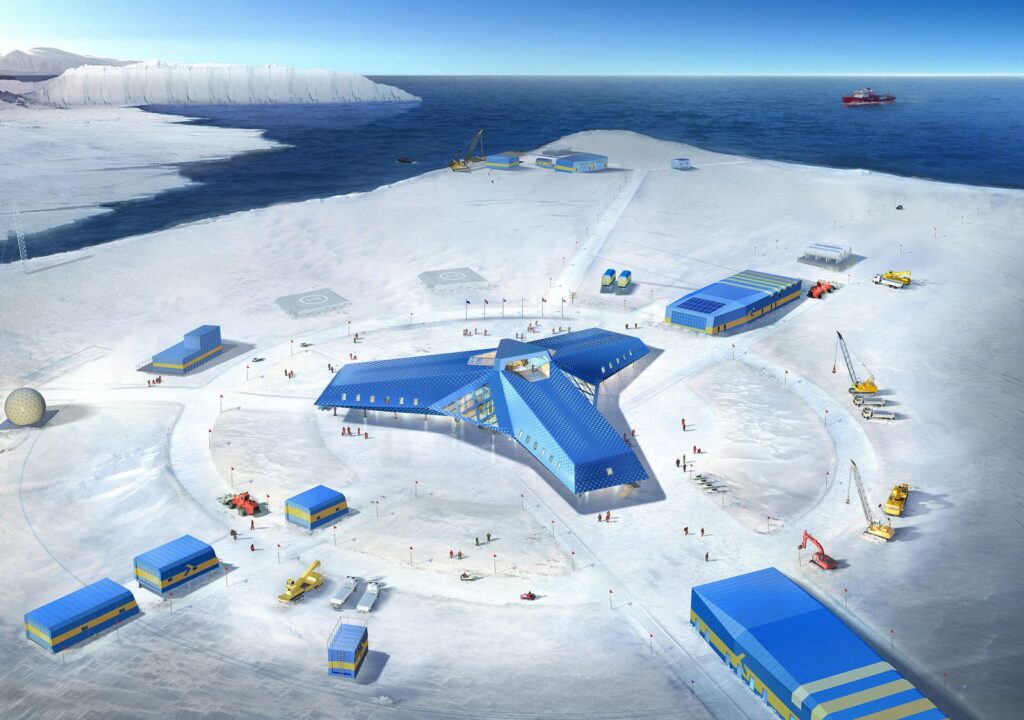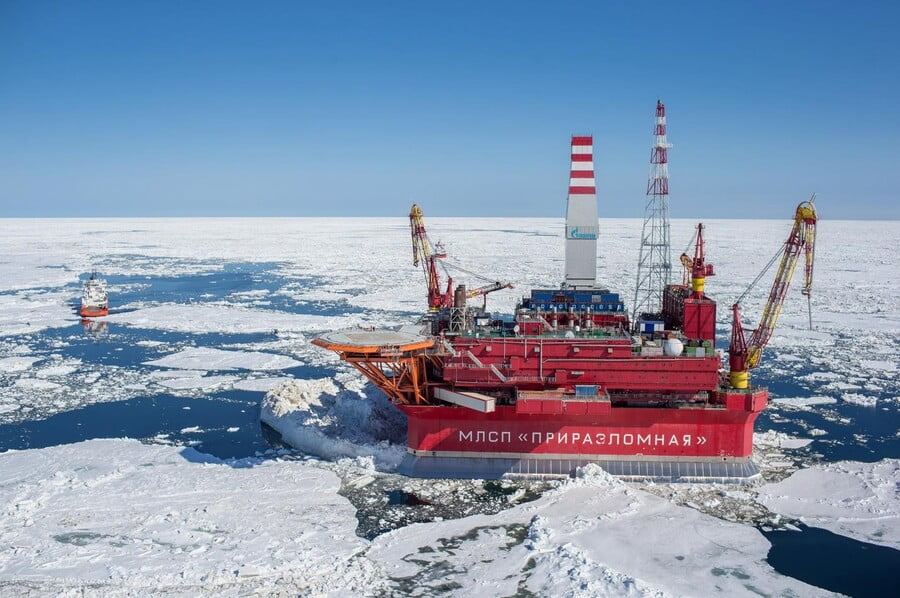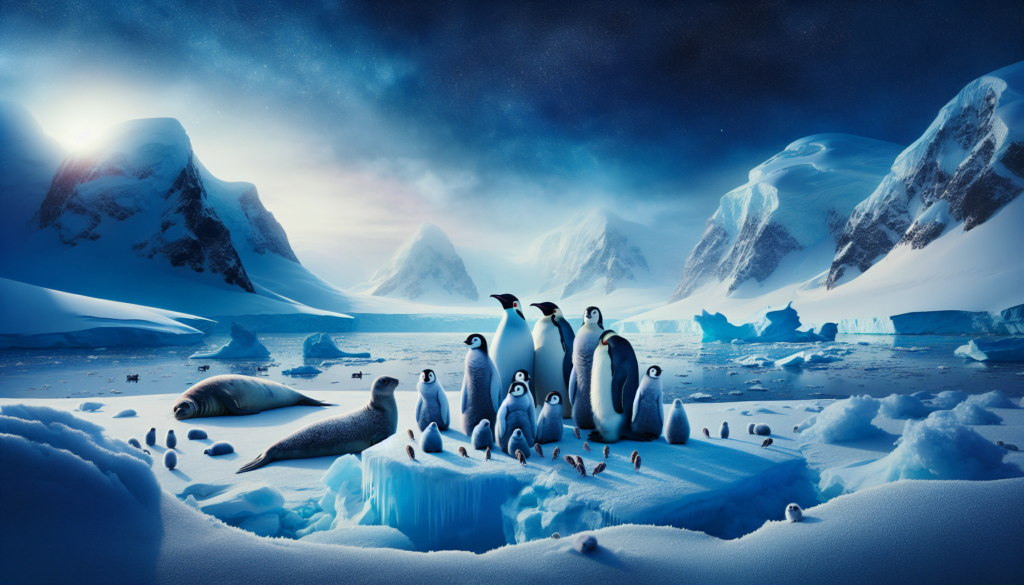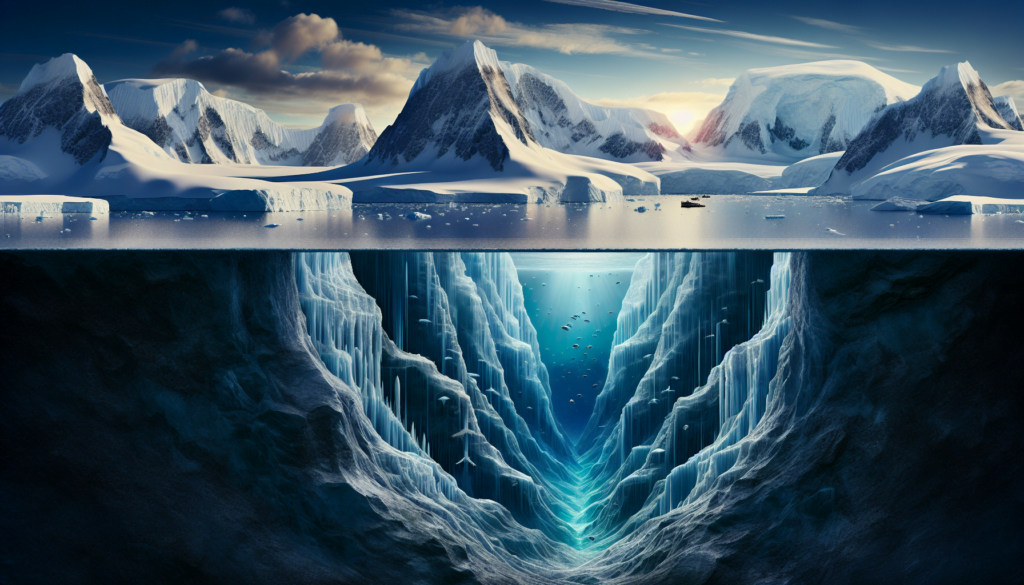Dinosaur-era fossil egg discovered in Antarctica
A fossil egg has been found on Seymour Island, off the Antarctic Peninsula. The territory of Seymour Island is disputed by three countries: Argentina, which considers it a continuation of Tierra del Fuego and has given it the name of Marambio Island, Chile, which considers the island as part of the Chilean Antarctic Province, and […]
Dinosaur-era fossil egg discovered in Antarctica Read More »
